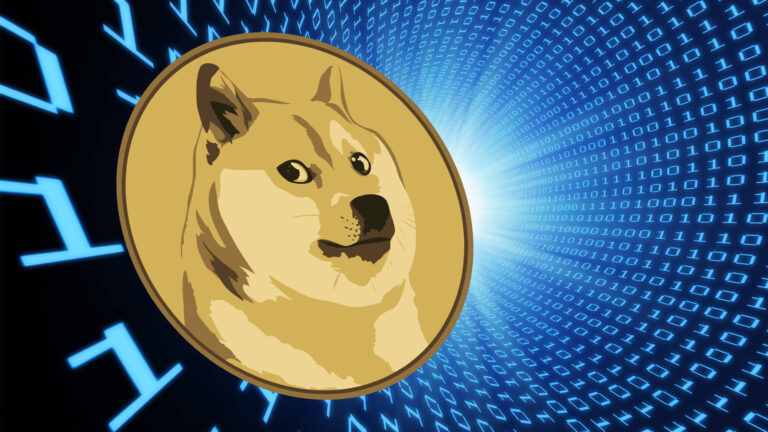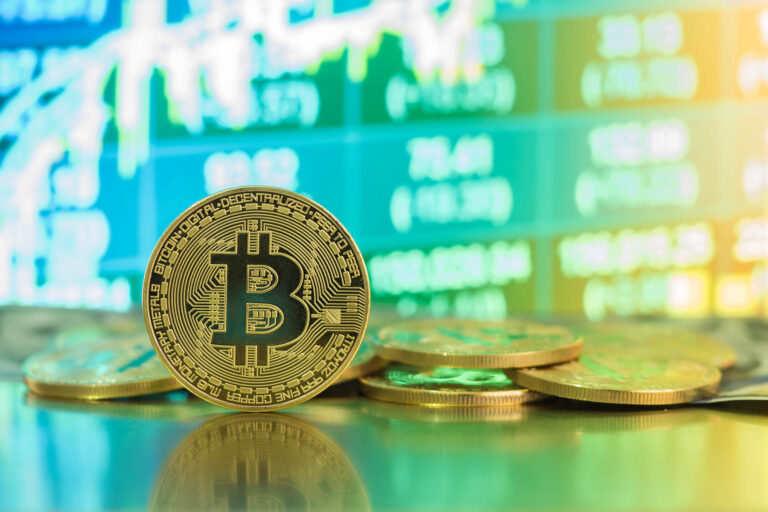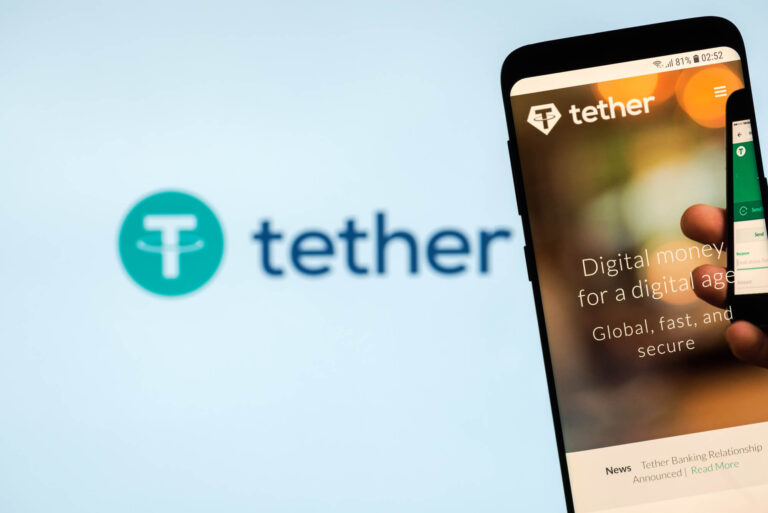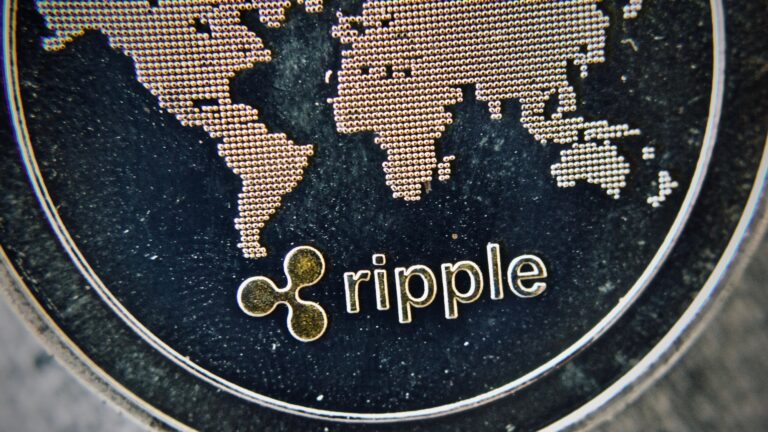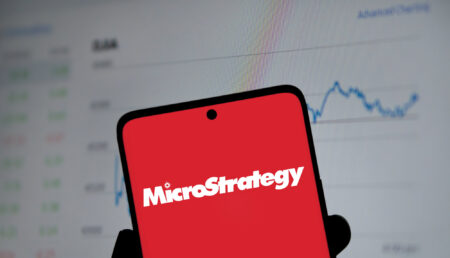The meme coin market, particularly within the Solana ecosystem, has experienced a sharp crash recently. According to Coinmarketcap, the meme market cap dropped by 40% in the last month signaling a retreat from speculative investments.
Some analysts suggest that meme coins are over after recent crashes, while others believe they can still stimulate the industry. So what does the future hold for meme coins and how to move forward from this?
Current meme market status
Recent debates surrounding the collapse of celebrity-endorsed meme coins - such as LIBRA, down 78% since its launch, and TRUMP coin, registering a 60% decrease in a month-have cast some negativity on the crypto market and raised questions about the need for regulatory clarity regarding these types of assets. However, this downturn is also influenced by broader factors, such as market saturation, where the novelty of meme coins has waned, and a shift in investor sentiment toward more utility-focused cryptocurrencies. Indeed, several million meme coins now exist, as anyone can easily create one using online generators. On pump.fun alone, it is estimated that an average of 7 meme coins are created per minute.
But the decrease also extends to Solana - which holds the majority of meme coins - with a 30% decrease in value in the last month. On-chain data highlights a 93% decrease in trading activities, with daily volume on DEXs passing from 35 billion dollars in the peak of January to 2.4 billion currently.
What to expect moving forward
In the short term, we might see continued declines or at least a stabilization phase, with recovery potentially spurred by viral social media moments or innovations within meme coins. Over the longer term, the market could evolve if meme coins begin to offer real utility or integrate with larger DeFi ecosystems, potentially benefiting from clearer regulations which might weed out less serious projects. However, the future of meme coins will hinge on their ability to adapt, innovate, and maintain strong community support, moving beyond mere speculation to offer value.
Meme coins are shaking up the market, sparking debate over whether they’re a distraction or an on-ramp for new users. While they do divert liquidity from more established projects, they also introduce fresh capital and mainstream attention to crypto. Let’s not forget that some of the original meme coins like DOGE for example, which has a market cap of 37 billion dollars and is in the top 10 of the largest cryptocurrencies worldwide, have a much larger user base than some blue-chip tokens.
The real challenge isn’t about stopping meme coins, it’s about figuring out how to capture that energy and funnel it into real innovation. If we play it right, meme coins could serve as a catalyst, not a threat, to broader crypto adoption and development. Investors should be aware of the high volatility linked with meme coins as they are highly linked to the overall market sentiment and they should exercise extreme caution and do their own research.

